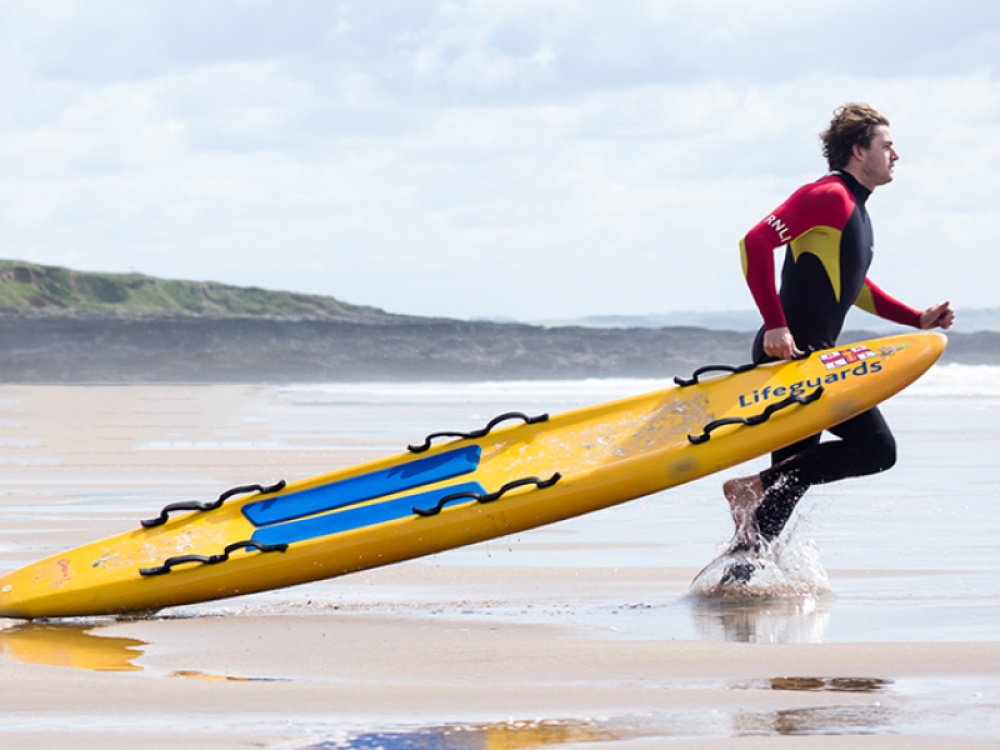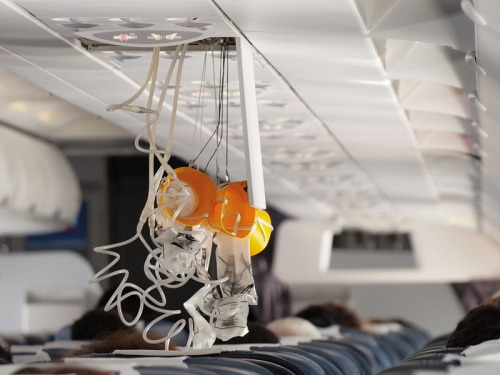How to Stay Safe in the Water - Expert Advice from the RNLI

With the weather improving and the summer holidays in full swing, the RNLI are having a busy summer. Here's how to stay safe in the water…
The RNLI’s lifeguarded beaches are increasing their patrols which will continue until 4th September. A staggering 2.4million of us visited the RNLI’s beaches on the east coast last year and they are aware that this year is shaping up to be just as busy.
The charity are encouraging beach-goers to visit lifeguarded beaches whenever possible but, with the support of HM Coastguard, they have launched the Float to Live campaign, giving vital advice to anyone who ends up in the water.
If you find yourself struggling in the water, or if you fall in unexpectedly, follow the Float to Live advice. Just lean back and use your arms and legs to help you float. Wait until you can control your breathing, then call for help or swim to safety.
If you have children, it’s important to teach them to float too. You could practice when you go to the swimming pool.
You can also sign your child up for a free Swim Safe session with the RNLI. This will teach them important skills to help them stay safe at the beach and in the sea.
Float to Live advice:
• Fight your instinct to thrash around
• Lean back, extend your arms and legs
• If you need to, gently move your arms and legs to float
• Float until you can control your breathing
•Only then call for help or swim to safety







